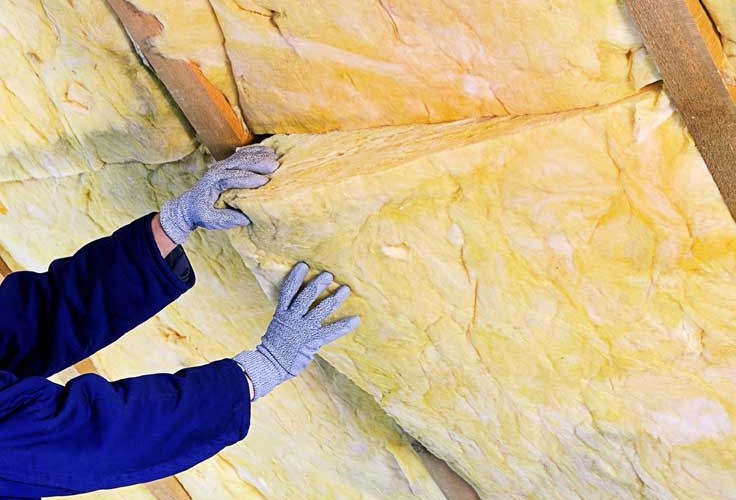The attic area of the home serves an important function to the home’s ability to keep warm or cool. Not all attics are large spaces, some are mere crawl spaces, others are large enough to be living spaces. Regardless of your attic’s size, it’s important that this area is working properly and helping your home stay comfortable and healthy. Crawling into the attic space can be somewhat tricky. There is usually no flooring and there may be many wires and loose insulation. If you haven’t been in your attic, or aren’t sure about it’s condition, you may want to hire an attic or insulation specialist who can safely inspect the area. Use these tips as a guide to understand the basics of attic maintenance.
1. Keep it well insulated
For homeowners looking to make their home more energy efficient, you’ll want to start with the attic. Properly insulating the attic, sealing leaks, and ensuring that the attic isn’t damp is a great way to increase energy savings in your home. Your roof can also be affected by the condition of your attic. In fact, the best way to prolong the life of your roof is by having a well-insulated attic area. The insulation in the attic reduces the amount of moisture build-up in the attic space, which could negatively impact the roof with excess mold or mildew.
2. Know your insulation types
There are several types of attic insulation like blanket rolls, loose-fill (or blown-in) insulation, and sprayed foam polyurethane. Loose-fill or blown-in insulation requires a professional to install, but is great for filling in small holes and crevices. Sprayed foam polyurethane is best for attics being converted into a bedroom or loft. Fiberglass in insulation can get into your skin and cause irritation. When handling insulation or other chemicals, make sure to always protect yourself by wearing a facemask and gloves.
3. Be aware of leaks
Unfortunately for some homeowners, noticing leaks or damage inside the attic doesn’t always happen until an exterior issue shows up. For example, an ice dam that builds up on the exterior of a gutter can cause water to back up and drip into the attic area. Eventually mold and mildew may become present on interior walls but this happens slowly over time.
4. Prevent Mold
Rain or winter storms that cause roof leaks can lead to trapped moisture in your roof. This can lead to mold damage and trigger harsh allergens. Keep these irritants from seeping into the air in your home by inspecting your roof for missing or damaged shingles. If needed, hire a professional to replace damaged pieces immediately.
5. Get rid of pests
If rats, mice or bats find way into your attic, it is important to know how to get rid of them. Spring traps work best for getting rid of most small pests, but for larger animals like raccoons or bats, call a professional to remove.




